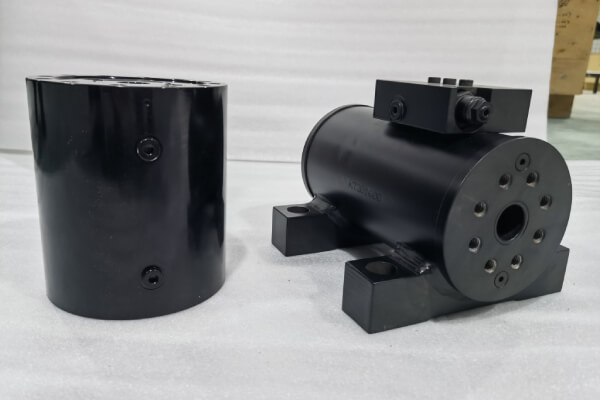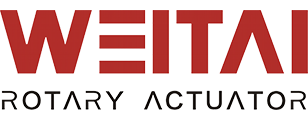Hydraulic rotary actuators are intricate components vital to the smooth operation of industrial machinery. However, they can encounter various issues that may impede performance. Here is an in-depth look at some common problems associated with hydraulic rotary actuators, along with detailed tips on how to troubleshoot and effectively resolve them.

Slow or Erratic Movement
Tip: Inspect the hydraulic fluid level and quality using a dipstick or sight glass. Contaminated or inadequate fluid levels can lead to sluggish or irregular actuator movement.
Solution: If the fluid is low or contaminated, drain and replace it with the manufacturer-recommended hydraulic fluid. Ensure the reservoir is filled to the proper level to facilitate smooth operation.
Leaking Seals
Tip: Conduct a visual inspection of the actuator for any signs of hydraulic fluid leaks around the seals or connections.
Solution: Identify and replace damaged or worn seals promptly to prevent further leakage. Thoroughly clean the affected area and ensure a proper seal replacement to maintain hydraulic integrity.
Loss of Power or Torque
Tip: Utilize a pressure gauge to measure the hydraulic system’s pressure output. Inadequate pressure can result in diminished power and torque delivery.
Solution: Adjust the system pressure to the manufacturer’s recommended specifications. Inspect for leaks, restrictions, or faulty components that may be affecting the actuator’s performance and resolve them accordingly.
Overheating
Tip: Employ a temperature gun to monitor the actuator’s temperature and the hydraulic fluid during operation.
Solution: Identify and rectify potential causes of overheating, such as clogged filters, inadequate cooling systems, or excessive loads. Addressing these issues promptly can prevent thermal damage to the actuator.
Noise or Vibration
Tip: Listen attentively for unusual noises or excessive vibrations emanating from the actuator during operation.
Solution: Perform a thorough inspection to pinpoint the source of noise or vibration. Loose fittings, worn components, or misalignments can be tightened, replaced, or realigned to restore smooth and quiet operation.
Sticking or Binding
Tip: Observe the actuator’s movement for any signs of sticking or binding that hinder its operational fluidity.
Solution: Clear any debris, corrosion, or misalignments that may be causing the actuator to stick or bind. Regular cleaning and proper lubrication of actuator components are essential to ensure uninterrupted movement.
Control System Malfunction
Tip: Test the actuator’s control system for responsiveness and functionality.
Solution: Inspect the electrical connections, sensors, and control valves for faults or irregularities. Calibration, repair, or replacement of defective components will help restore the control system’s efficiency and reliability.
In Summary
By following these comprehensive troubleshooting tips and solutions, you can effectively diagnose and address common issues that may arise with hydraulic rotary actuators, thereby optimizing the performance and longevity of your industrial machinery.
